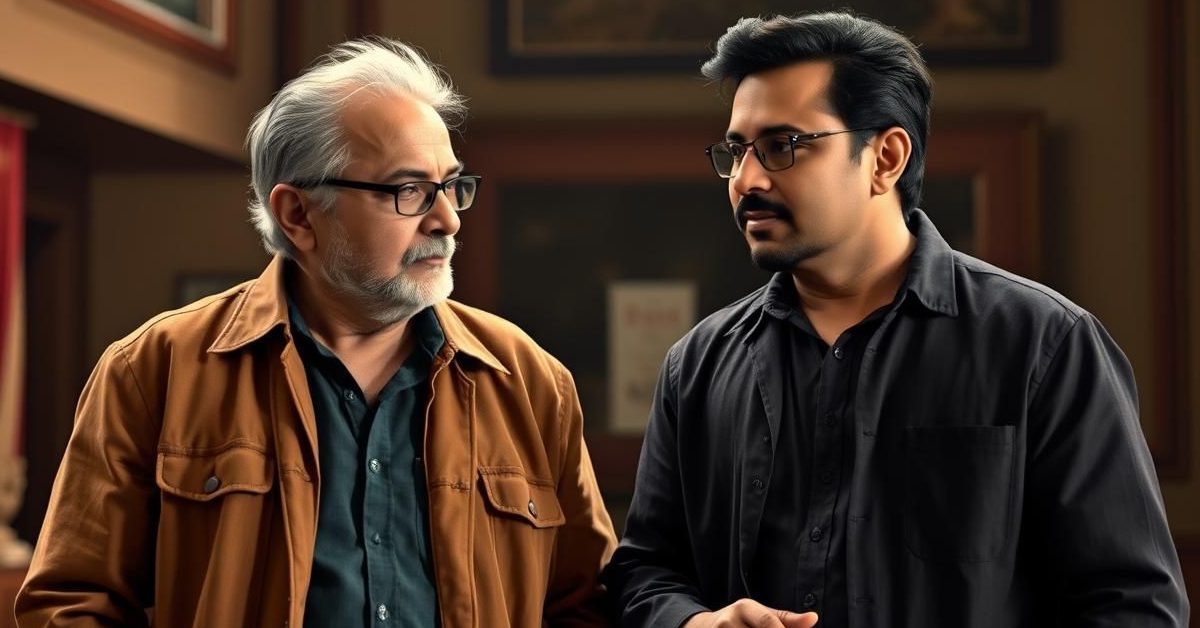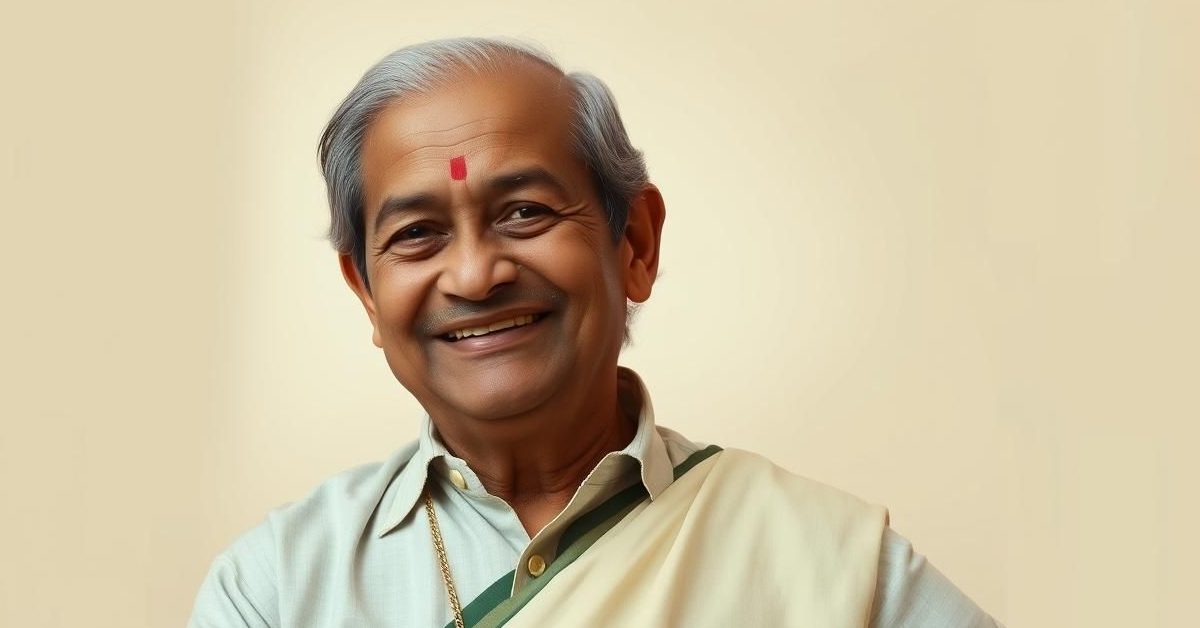The Unforgettable Evening That Changed Indian Television Forever
Twenty-five years ago, on a pivotal evening of July 3, 2000, the landscape of Indian television underwent a monumental transformation. StarPlus, a channel then lagging significantly behind rivals like Zee TV and Sony in terms of viewership, launched two groundbreaking shows back-to-back in its primetime slot. Though vastly different in their genres, both ‘Kaun Banega Crorepati’ (KBC) and ‘Kyunki Saas Bhi Kabhi Bahu Thi’ would etch their names into history, ushering in a new era of entertainment.
StarPlus’s Uphill Battle: From Underdog to Industry Leader
At the turn of the millennium, StarPlus faced a challenging climb. Sameer Nair, the visionary head of programming at StarPlus at the time, recalls the difficulty in attracting top-tier producers in Mumbai. “A year prior, none of the big producers… wanted to work with us because they thought the show would flop,” Nair revealed in an exclusive interview with SCREEN. This skepticism was so profound that some projects, once greenlit by Star, later found their home on Zee TV, a painful experience Nair recounts having endured twice.
Ekta Kapoor’s Audacious Leap from Comedy to Drama
Amidst this struggle, a pivotal moment arrived. Ekta Kapoor, then renowned for her comedic hit ‘Hum Paanch’ on Zee TV, approached Nair. Interestingly, she arrived with her father, the yesteryear actor Jeetendra, a gesture that surprised Nair. “I told her, ‘You could’ve called me on your own. Why did you bring dad?’” Nair remembers. Ekta’s mission was clear: she wanted to delve into drama, despite being constantly pushed towards comedy by others in the industry. Having already tasted success with a Tamil drama, she was determined to replicate it in Hindi.
A Calculated Risk: The Unconventional Launch of Kyunki Saas Bhi Kabhi Bahu Thi
Sameer Nair, recognizing Ekta Kapoor’s burgeoning talent, quickly greenlit her concept for ‘Kyunki Saas Bhi Kabhi Bahu Thi’. Within a couple of months, by June, the first episodes were ready, just weeks before the planned grand launch of KBC. Nair’s decision was bold: “When the episodes came to me, I just said, ‘Let’s put them on air.’ No changes, no feedback, nothing.” He believed that excessive channel feedback could be counterproductive, trusting his team’s collective intelligence and Ekta’s creative instincts.
The KBC Phenomenon: An Unexpected Catalyst for Kyunki’s Success
It’s a widely acknowledged fact within the industry that ‘Kyunki Saas Bhi Kabhi Bahu Thi’ rode the colossal wave of ‘Kaun Banega Crorepati’. Actor Smriti Irani, who immortalized the character of Tulsi Virani, candidly shared that ‘Kyunki’ felt like a “polite rejection,” placed at the late 10:30 pm slot when “India goes to sleep.” Nair confirms this strategic imbalance: “All the marketing was directed towards KBC.”
In a surprising revelation, Nair states, “Kyunki never got a hoarding, and has never gotten a hoarding this entire history.” The reason was simple, yet brilliant: “All the audience came in for KBC and stayed back to watch Kyunki.” This ingenious, almost stealthy, marketing approach proved incredibly effective, showcasing how an indirect strategy could yield monumental success without a single billboard.
The Birth of the “K-Drama” Empire: Balaji Telefilms’ Dominance
The unprecedented success of ‘Kyunki Saas Bhi Kabhi Bahu Thi’ wasn’t just a fluke; it was a blueprint. Nair quickly capitalized on this momentum, acquiring ‘Kahaani Ghar Ghar Kii’ within three months. This created a formidable prime-time block: ‘KBC’ from 9-10 pm, followed by ‘Kahaani’ from 10-10:30 pm, and then ‘Kyunki’ at 10:30 pm.
This period marked the genesis of what would famously become known as the “K-drama” phenomenon, largely spearheaded by Ekta Kapoor’s Balaji Telefilms. Shows like ‘Kasautii Zindagii Kay’ (2001) and ‘Kahiin To Hoga’ (2003), all beginning with the letter ‘K’, rapidly followed suit, consistently topping ratings. Nair highlights the genius of daily programming: “By doing dailies in primetime, if you like a show on Monday, you’d also like it on Tuesday. That really worked out.” This marked a significant shift from the then-prevalent weekly show format on channels like Star, Sony, and Zee.
The Enduring Power of Storytelling: Kyunki’s Return
Fast forward 17 years since its last broadcast on StarPlus in 2008, ‘Kyunki Saas Bhi Kabhi Bahu Thi’ is set for a grand return on JioHotstar. Sameer Nair, now the Chief Executive Officer of Applause Entertainment, remains unwavering in his belief about the core ingredient for a show’s success: “I don’t know if it’s got so much to do with streaming or TV. It’s really got to do with the story.”
He emphasizes the original series’ profound impact: “Even the first time around, we told a very powerful story that grew overtime, even the nature of it, the way that drama is done.” As the iconic brand prepares its comeback, Nair is confident. “Kyunki is a very strong brand and it’s coming back. There’ll be a lot of interest and excitement around it, and then finally it’ll depend on storytelling, which Ekta Kapoor is a master at.” The legacy of a show that needed no hoardings continues to resonate, proving that compelling narratives transcend platforms and marketing budgets.












